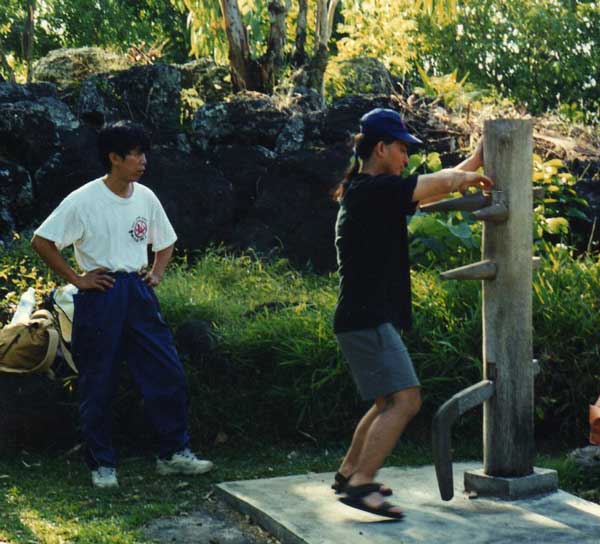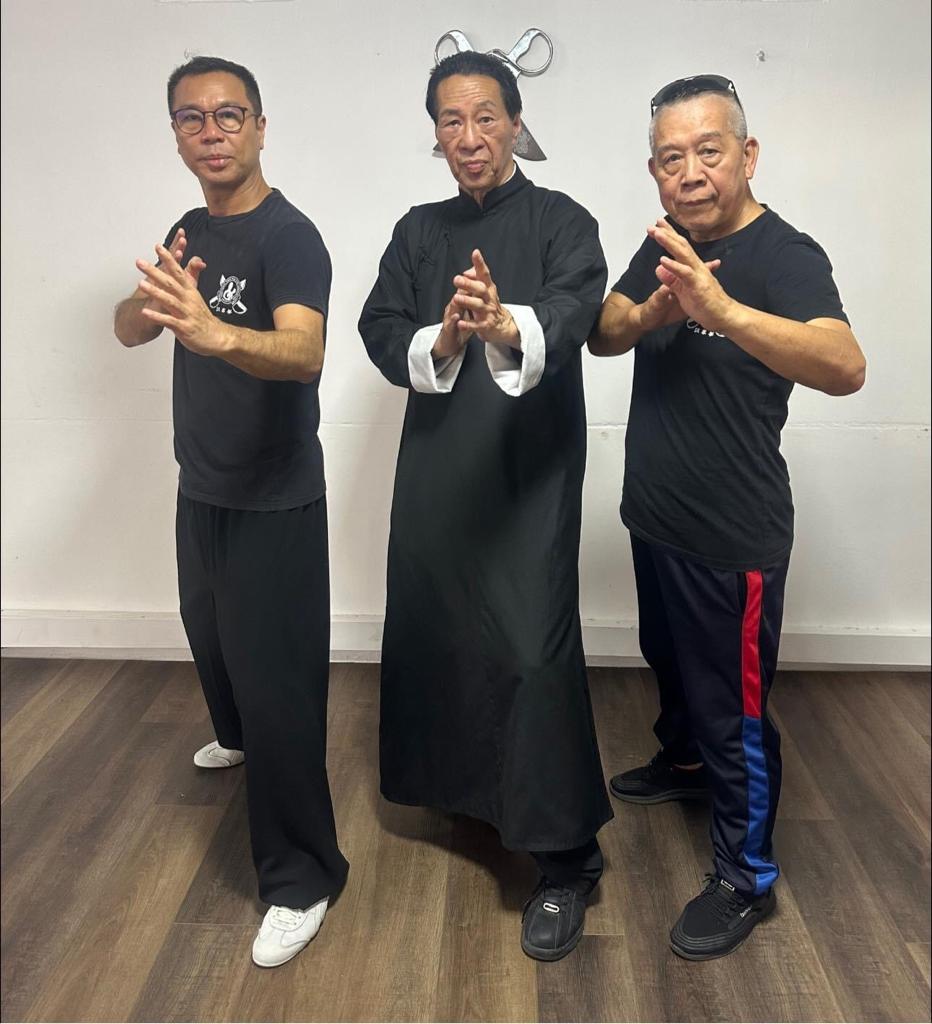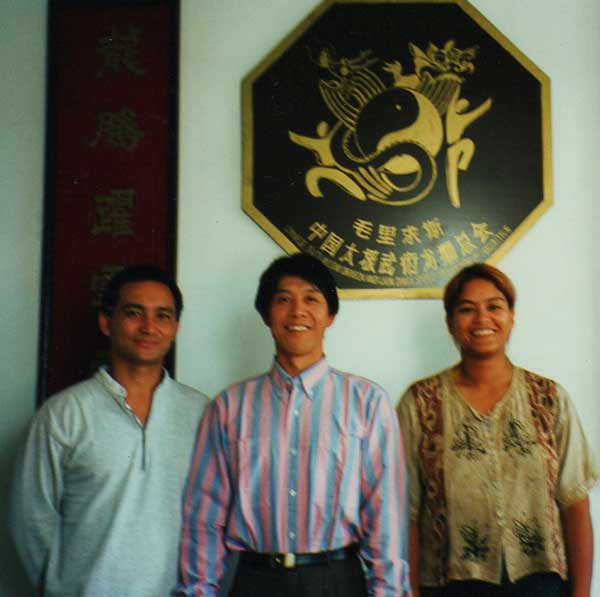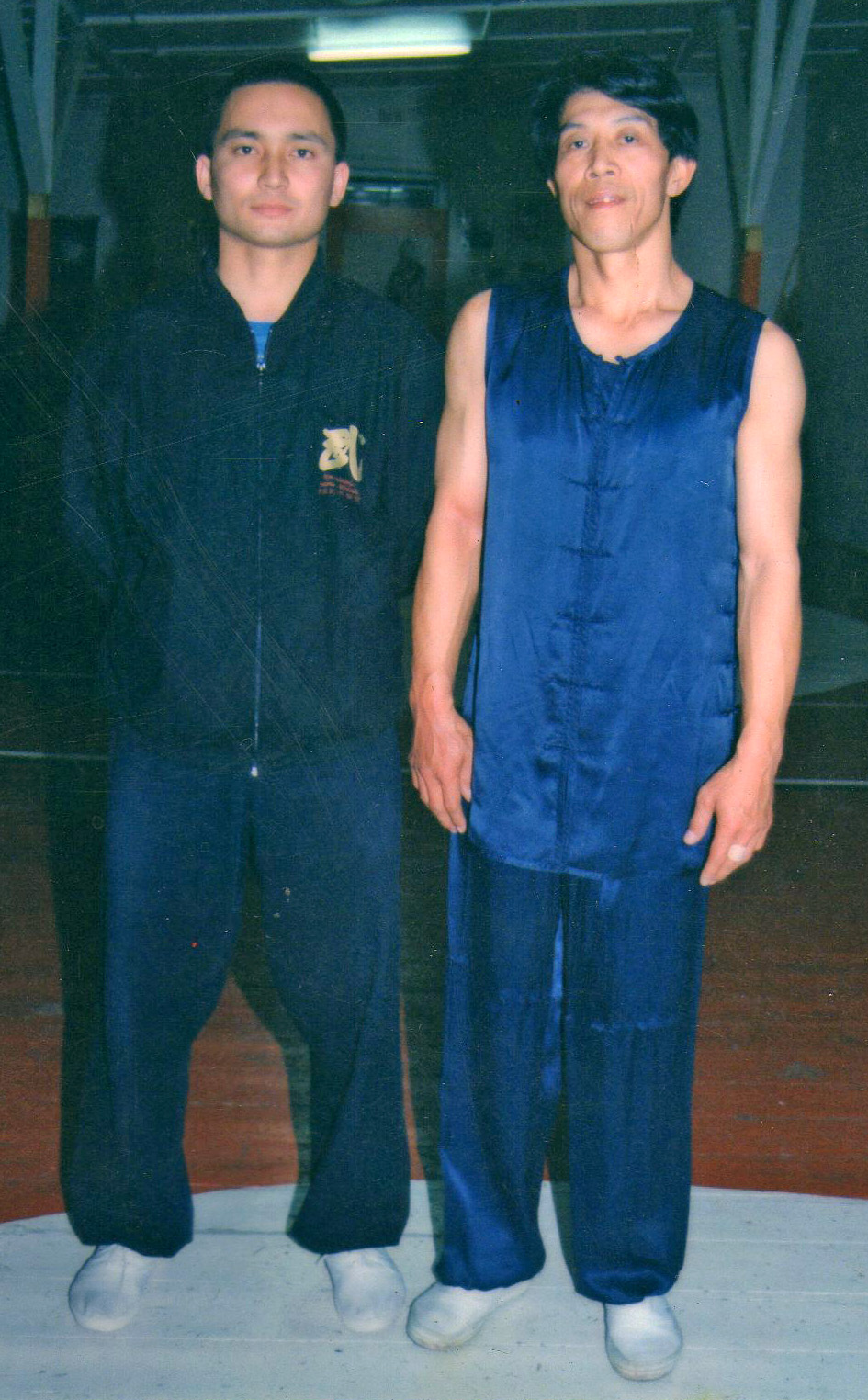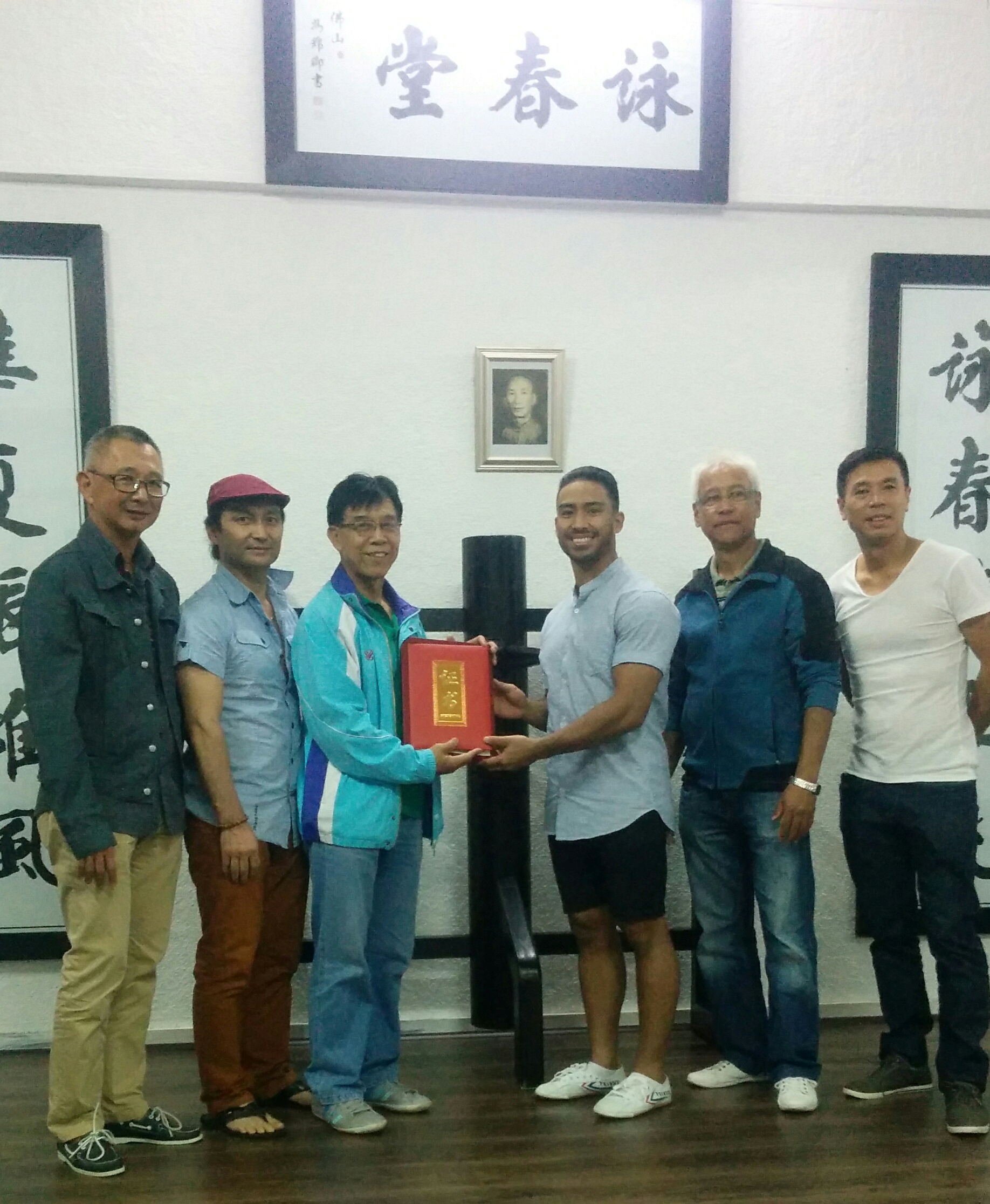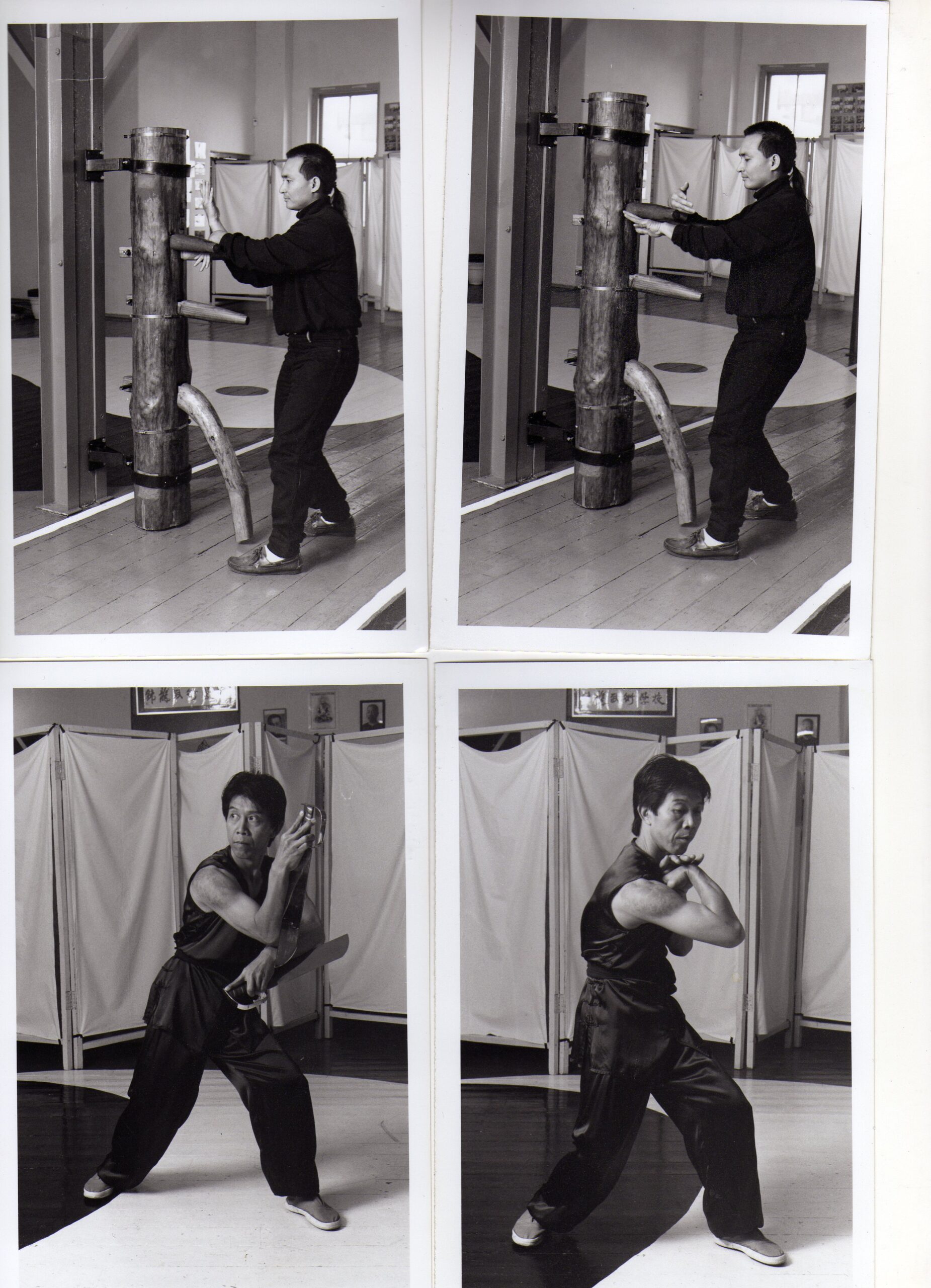1MindBodyFitness
Wing Chun – Peng Nan Yong Chun Lineage
Internal Power, Direct Lineage, and Living Tradition
Wing Chun (永春拳, Yong Chun Quan – “Eternal Spring Boxing”) is a refined martial art rooted in efficiency, sensitivity, and internal power.
At 1MindBodyFitness, we teach Peng Nan Yong Chun, a Foshan lineage passed down directly through Dr. Jeff Lan, verified by Grandmaster Peng Nan and his teacher Liang Dong Sheng.
⚔️ The Essence of Wing Chun
Wing Chun is known for its close-quarters strategy, relaxed power, and structural intelligence.
It’s not about force — it’s about flow, alignment, and sensitivity.
This unique Peng Nan branch preserves ancient Qigong practices that were part of the system since its origin, restoring the internal cultivation often missing in modern variations.
“To yield does not mean that one is weak. In achieving ambition, the self should not take leave from humanity.”
— Shifu Liang Dong Sheng (in honor of Grandmaster Peng Nan)
The Lineage: From Foshan to Cape Town
The Peng Nan Yong Chun system was passed down through generations of masters dedicated to both martial and moral excellence.
Chan Wah Shun → teacher of both Ng Chung So and Yip Man
Peng Nan, student of Chui Chau, Lai Yip Chi, and Dai Fa Min Kam
Liang Dong Sheng, student of Peng Nan
Dr. Jeff Lan, direct disciple and lineage holder under Liang Dong Sheng
This connection ensures that what you learn at 1MindBodyFitness remains authentic, unbroken, and alive — not reinterpreted or commercialised.
Internal Wing Chun: The Missing Link
Peng Nan’s Wing Chun bridges the worlds of Kung Fu and Qigong.
It trains not only the body but also the Qi (vital energy) that drives it.
Rounded, fluid, and internally connected movements
Emphasis on relaxation, breathing, and rooted structure
Integration of standing meditation and internal energy principles
Movements performed with mindful precision, resembling Tai Chi’s inner calm yet retaining Kung Fu’s dynamic intent
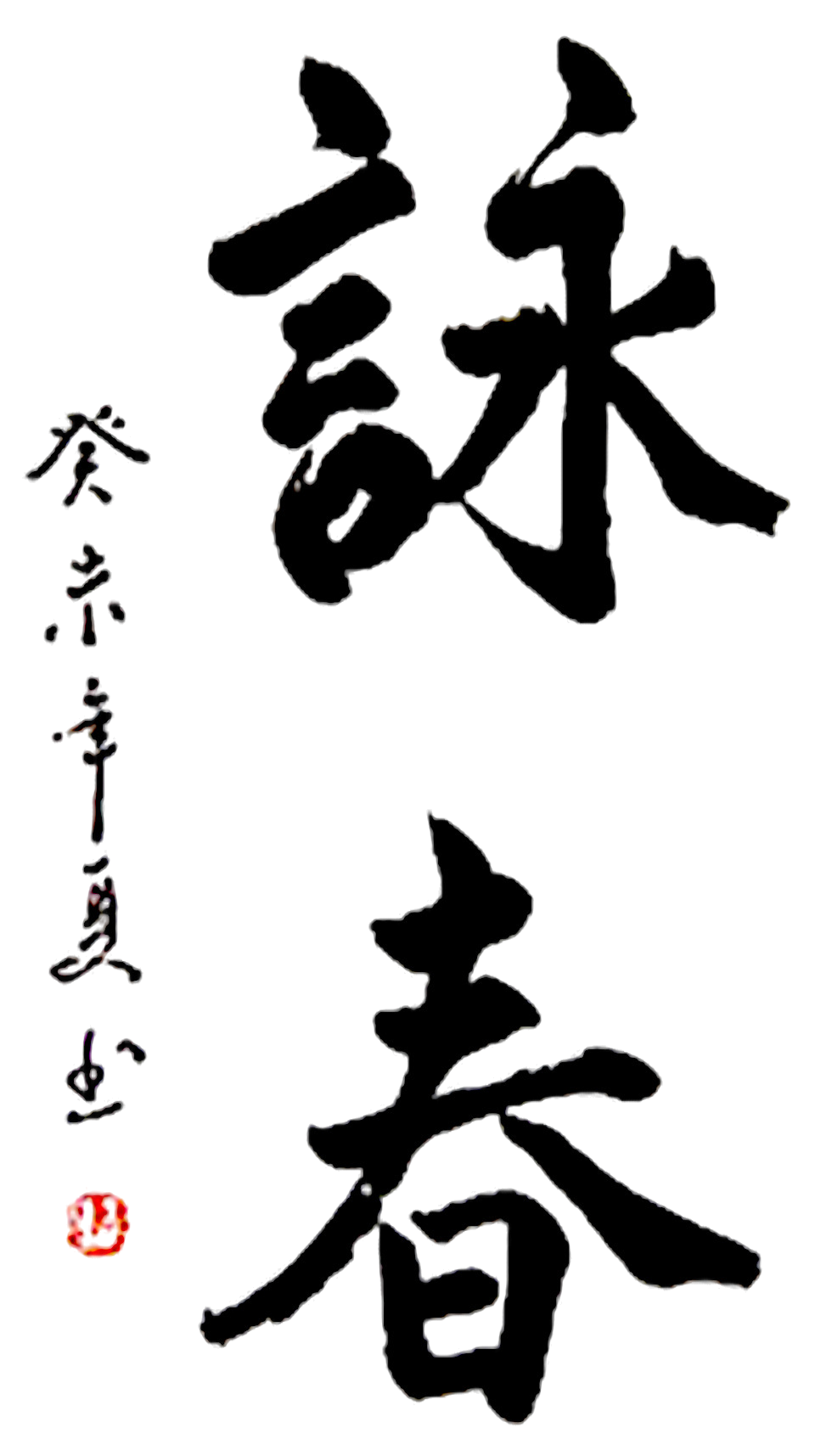
How Peng Nan Wing Chun Differs
Peng Nan Lineage:
Features
Form Names:
Xiao Nian Tou, Xun Qiao, Biao Zhi
Energy Focus:
Internal Qi development
Movement Quality:
Rounded, fluid, meditative
Training Integration:
Qigong and internal awareness
Aesthetic:
Artistic, graceful, deeply internal, functional, direct
Yip Man Lineage:
Features
Form Names:
Siu Lim Tao, Chum Kiu, Biu Jee
Energy Focus:
External speed and simplicity
Movement Quality:
Snappy, sharp, explosive
Training Integration:
Combat practicality
Aesthetic:
Functional, direct
Despite differences in pace and presentation, both systems share the same roots, techniques, and spirit.
The Wing Chun Mind
“Empty your cup.”
In the ancient story, a scholar visited a master to learn wisdom. The master poured tea into a full cup until it overflowed. “Your mind is like this cup,” said the master. “First, empty it.”
Approach your training the same way — with humility, curiosity, and openness.
This is where true mastery begins.
Watch & Learn
Wing Chun Origins & Lineage
Training with Dr. Jeff Lan
Forms and Qigong Integration
Learn Wing Chun Your Way
Choose how to begin your journey:
📍 In-Person (Cape Town)
Train at our dedicated martial arts studio.
Classes blend traditional Wing Chun drills, Qigong integration, and personal guidance.
Join a Class in Cape Town →
🌐 Online Training
Can’t attend in person? Learn from anywhere.
Access detailed video lessons, lineage insights, and guided routines.
Enroll in Online Wing Chun →
🕊️ Self-Paced Online Course
Perfect for lifelong learners — practice at your own rhythm, with step-by-step instruction from Dr. Jeff Lan.
View Course on PayHip →
Why Train with 1MindBodyFitness?
Direct lineage under Dr. Jeff Lan (Peng Nan system)
Integrates martial, medical, and meditative wisdom
Ideal for beginners or seasoned practitioners
Global online access + local Cape Town classes
Holistic system: Kung Fu | Qigong | Internal Arts
“The Way of Balance begins with the first touch of your own breath.”
Ready to explore authentic internal martial arts?
Start Your Training Now →
